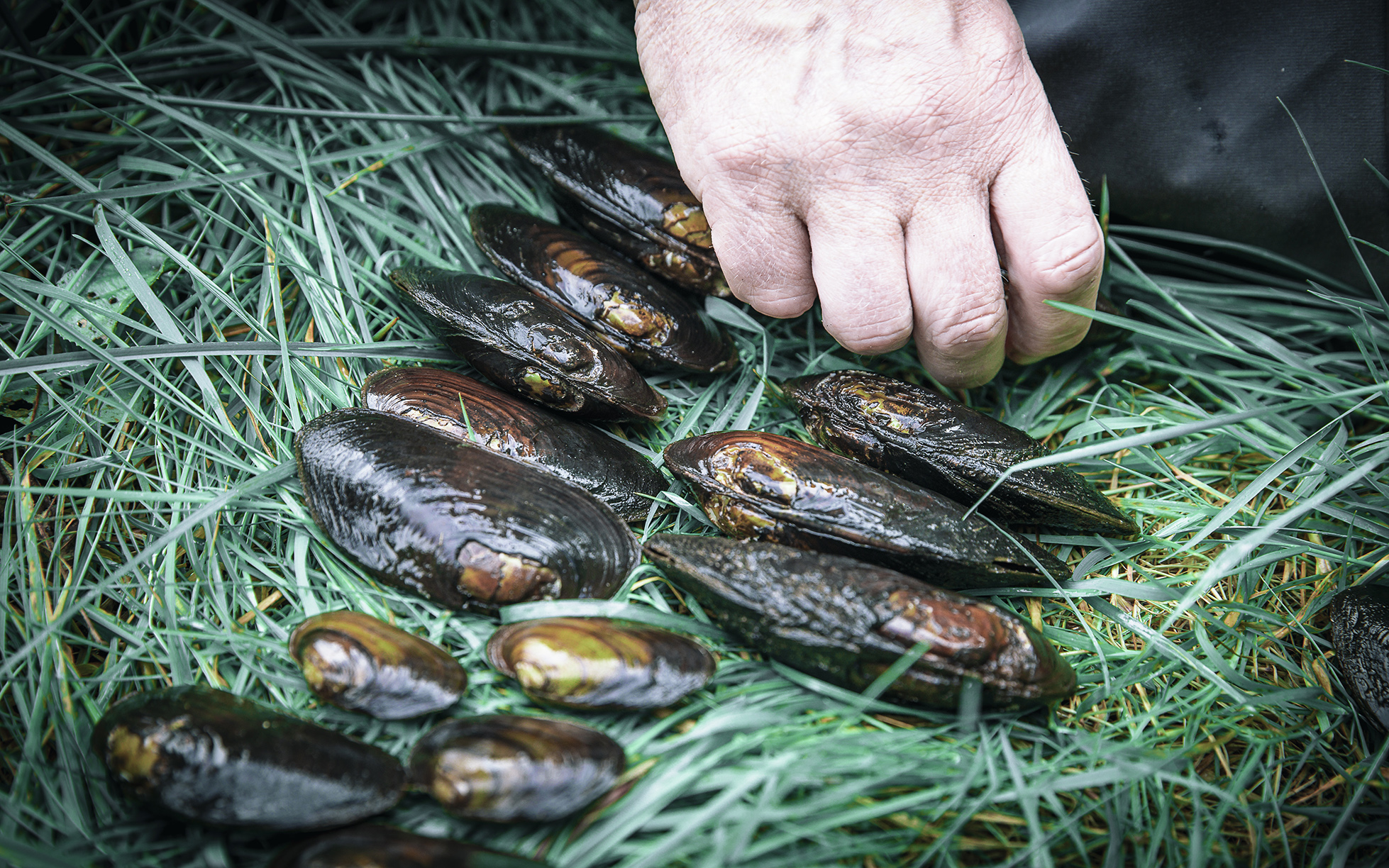River Mieån
Mussel recruitment and cooperation
River Mieån flows from Lake Mien towards the Baltic Sea through a rift valley with varied terrain. The water is clear and contains both resident and migratory trout, as well as species such as gudgeon, whitefish, burbot, brook lamprey and eel. River dipper and gray wag tail nest along the river, and otters are scattered throughout the area.
Drainage, wetland draining and lake lowering have reduced the river’s water holding capacity
Necessary improvements
Habitats and improved connectivity in the watercourse need to be improved. The whole water body needs to be addressed to create favorable conditions for species such as trout and pearl mussels. Several Natura 2000 sites such as Loberget, Ire, Grimsmåla and Långasjönäs are covered by the work. The conservation status of important species and habitats is classified as unfavorable.
River Mieån is part of the national plan for the greening of hydropower, where six plants will be adjusted for improved connectivity.
Improve Aquatic LIFE actions
Improve Aquatic LIFE plans to restore wetlands in the Ire Natura 2000 site to improve water retention and increase resilience to climate change. Two migration barriers will be removed and upstream and downstream biotopes will be restored to enhance the habitat of the river pearl mussel and trout populations.


Survival of river pearl mussels depends on host fish
Barriers to migration
Removing migration barriers and opening up the river pearl mussel’s host fish, salmon and trout, will increase the species’ ability to reproduce. Barriers to migration come in many forms, from natural to man-made dams and power plants. In some cases, a good solution may be to build a wildlife passage to allow fish and other organisms to bypass the migration barrier.
River Mieån
Latest news from the project area
Here you can read news about the target species and the actions being taken in the project area.

